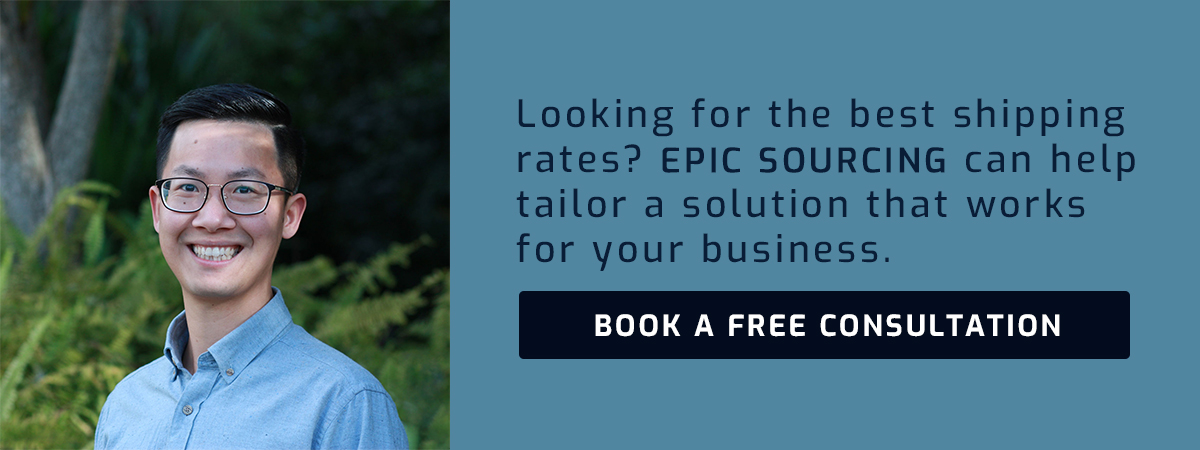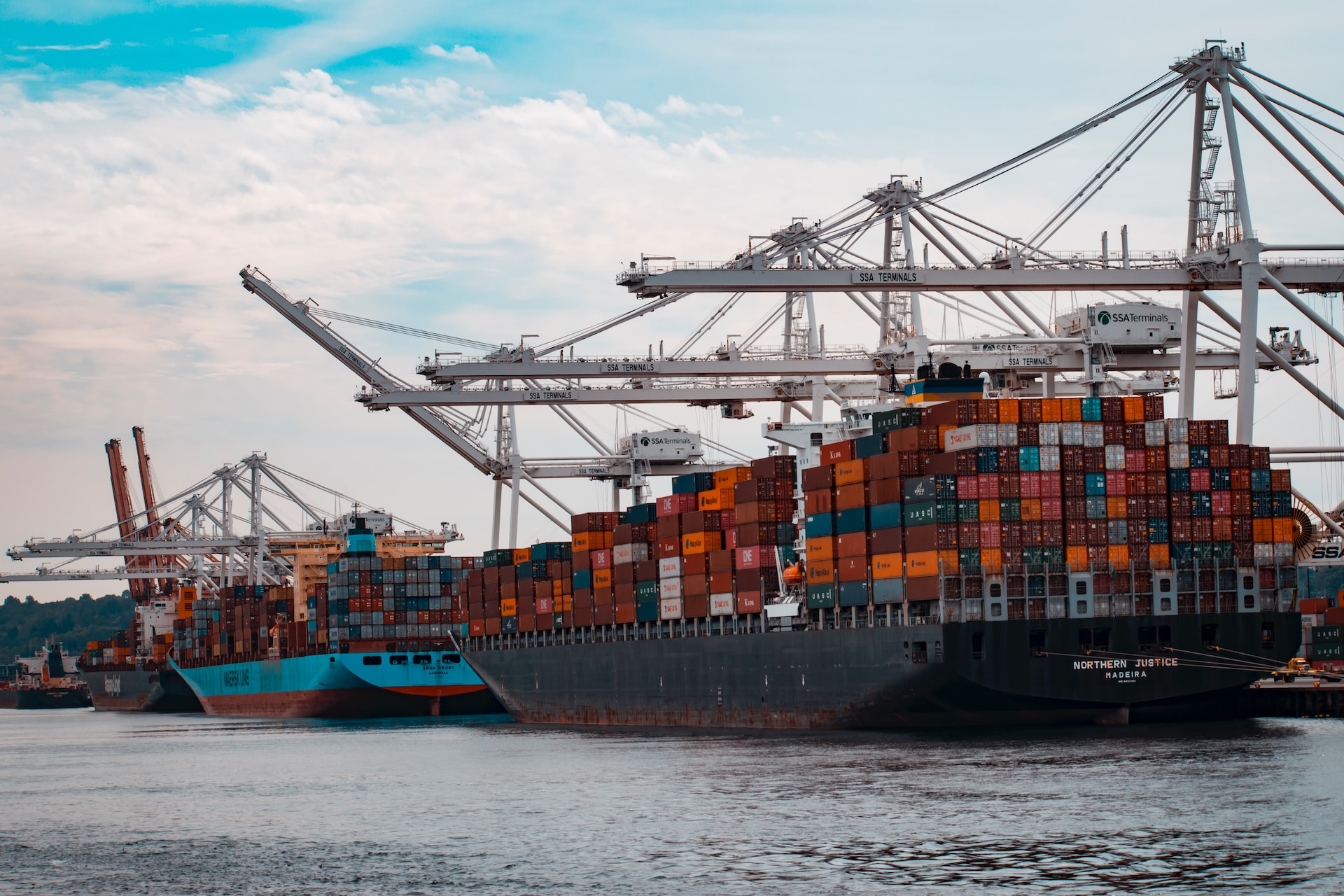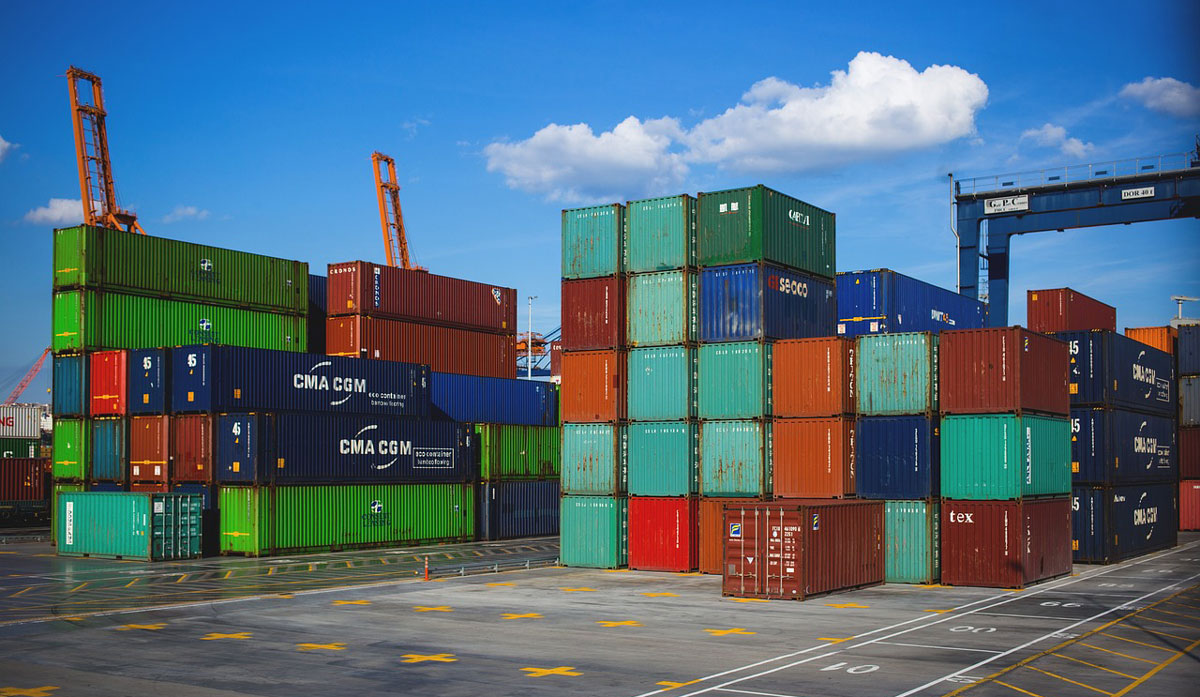
Why are global shipping costs soaring? Covid-19, container shortages, and port congestion.
If you’re in the business of importing, exporting, sourcing, or anything else that requires you to use international shipping lines, then you might be a little stressed this holiday season.
The global shipping industry is straining under the weight of booming demand, Covid-19 disruptions, equipment shortages, and labour strikes. The effects are already being felt by importers and exporters, and consumers are likely to feel the pain too.
For sourcing agents and small businesses in New Zealand that were eyeing a productive holiday season, it’s not happy news. An associate working in the industry told Epic Sourcing that he hadn’t seen anything like it in his 18+ years in the industry.
In today’s Epic news, we look at what is causing shipping costs to rise, how this is affecting Kiwi businesses, and when things are likely to return to normal.
Glossary:
Some useful terms that get thrown around the industry
- SCFI: the Shanghai Containerized Freight Index is a metric used to assess the health of global trade.
- FAK: An acronym that stands for Freight All Kinds.
- TEU: Twenty-Foot Equivalent Unit - a standardised container type (the other being Forty Foot).
- Spot Rates: this is the price a freight service provider will offer a shipper at any given time to move a shipment from A to B.
- A blank sailing (or void sailing) is where a shipment is canceled by the carrier. This could mean the vessel is skipping a port, or that the entire shipment is canceled.
- Rolled: Having a shipment ‘rolled’ means the cargo hasn’t been loaded onto the vessel. Getting rolled is not fun.
Sourcing in the age of Covid-19
It’s probably not surprising to hear that the global pandemic is one of the main causes of all this shipping strife. Problems started to arise as early as February, with container shortages and port congestion. These shortages have only intensified, and as of early December, don’t look to be easing any time soon.
According to Zsolt Katona, managing director of Eastern Europe for Maersk, the Covid-19 pandemic caused significant bottlenecks in Europe. One of the simplest explanations was the increased checks that were taking place at ports, slowing the process down, and causing congestion and severe disruptions to inbound operations.
These unloading holdups in China have played havoc on global trade, with delays on the return of vessels leaving shippers waiting for hundreds of thousands of containers. As the disease went global, other major ports around the world put in place quarantine restrictions on incoming vessels, further exacerbating the problem.

What's causing the container shortage?
The slow down of container emptying and turnaround speeds has led to a backlog of containers at many ports. As a result, major Chinese ports like Qingdao, Lianyungang, Ningbo, and Shanghai are experiencing severe container shortages. This means that ships are leaving Chinese ports without a full load.
Containers filled with consumer goods from Asia are usually unloaded, then filled with exports of other commodities. Products like meat, pulp and coffee, crops and lumber are then shipped in containers back to China. But, without the containers landing in these ports, there is nothing to fill for the home journey. As you’d expect, this is leaving exporters frustrated and very stressed, especially with seasonal crops needing to be shipped.
Carriers aren’t able to simply add more vessels to boost capacity either, as nearly the entire global fleet is currently active. As a result, rollover rates continue to rise, and the disruption for shippers and forwarders seems set to continue.

Finger-pointing
The blame game has well and truly kicked off. Carriers blame the global container shortage on a surge in demand, whereas forwarders claim carriers are the cause of the problem and are making a handsome profit in the process.
Claims of blank sailings to drive up prices for a short term profit have been leveled at carriers - as well as accusations that they are directing containers and equipment to areas where they can get the highest price, rather than where it’s most needed.
The rail resurgence
As the pinch hits sea and air services, and costs soar (particularly for air freight), those shipping on the booming Asia to Europe route have looked to the rail service. This has resulted in significant growth in the early part of the year, but as with sea and air, there isn’t infinite capacity and the crunch is spreading to the rail service.
The China Railway Express reported an 80 percent increase in the number of freight trains between China and Europe in the first nine months of the year. As space on the trains becomes harder to secure, shippers are even turning to the road. DHL has reported rising demand for trucks as an alternative to rail, sea, and air.
Unfortunately for Kiwi businesses, the China to New Zealand railway line hasn’t yet materialised ;).
The cost - ouch!
As you would expect, the current situation is pushing global shipping prices sky-high and it’s hurting exporters and importers in the pocket. As a result of the equipment shortages and port congestion, many shipping lines are whacking on the surcharges to cover their rising operational costs. Peak season surcharges of up to $500 per teu are already popping up as of December 1.
In one crazy stat, recent data released by Refinitiv Eikon showed a 42% increase in the cost of container transportation between China and the east coast of the U.S. since July. At US$4,750 per container that’s a mid-November high.
Kiwi businesses feeling the pinch
Exporters, importers, manufacturers, and even consumers are already starting to feel the effects in New Zealand. Export figures have held up well despite a turbulent year, but securing shipping on air or sea carriers is becoming increasingly difficult and expensive. It’s bad news for those gearing up for the busy export season.
The significant decrease in flights out of Auckland has resulted in higher air freight costs, and many exporters of perishable products have simply resigned themselves to the reality that returns won’t be great in 2020.
Getting products out is tough, but so is getting them in. At Epic Sourcing we are seeing the effects too as securing freight space to import products becomes more and more difficult. eCommerce is booming in 2020 but the supply chain is buckling under the weight. The building industry is also gearing up for price increases and is already experiencing product shortages.
Several major carriers are already applying surcharges at the Port of Auckland. MSC Mediterranean and Maersk have both added surcharges of between US$200-300 per container (TEU). This is in response to vessels being delayed at the port by up to 13 days.
Fewer shipments, congestion, and higher costs mean we could start seeing shortages of consumer products this holiday season. Let’s hope the cranberry sauce arrives in time for Christmas dinner! Or do we make that here…?
Forecast
With the busy holiday season upon us, and the Lunar New Year just over the hill in February, respite seems some way off. The current container shortage seems likely to continue and supply chains will continue to feel the squeeze.
Some relief is on the horizon however with the Port of Tauranga taking cargo destined for Auckland, Kiwi rail increasing services on the Tauranga to Auckland line, and carriers like DHL adding capacity for their air freight.
Ports of Auckland have also announced they will be hiring more staff to speed up the processing of vessels arriving in Auckland. In China, ports are increasing the supply of containers to help stabilize the situation.
How can Epic Sourcing help?
Here are a few tips:
- Plan ahead and plan well with manufacturers and forwarders.
- Split goods into smaller containers. The larger 40-foot containers are very scarce.
- Lock in contracts and bookings as early as possible to protect volume.
- If possible, wait until April next year to ship your goods.
- Talk to Epic Sourcing. We’ll help you find the best shipping option.

So, not a lot of holiday cheer for you there. The pain at the ports seems set to continue into 2021, but will hopefully ease as we wind up into the new year.
As always, if you’re looking for some advice on anything sourcing related, get in touch we’d love to hear from you.
TK
Related Articles
Let’s Make It Epic
We're here to make sourcing simple – and a whole lot less stressful.

.svg)

.svg)





